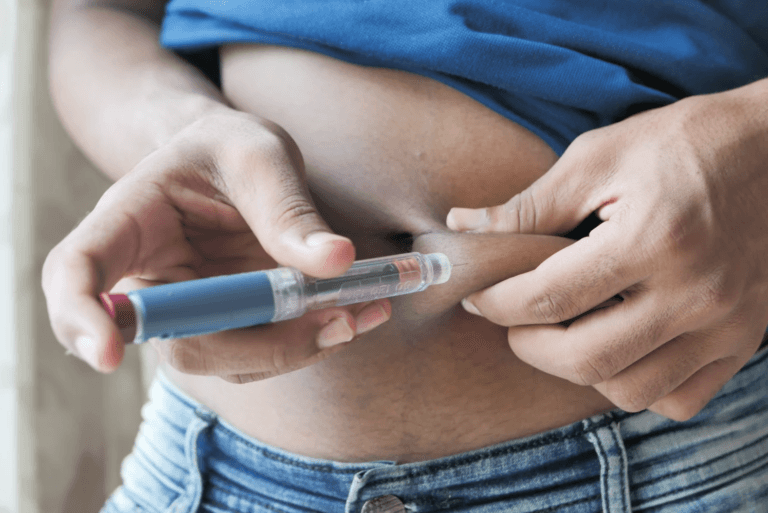New approaches to dynamic diabetes management
When it comes to type 1 diabetes surely few can claim to understand more about living with the condition than Dr Stephen Ponder, author of the new blood sugar bible Sugar Surfing.
Pediatric Endocrinologist Stephen W. Ponder MD FAAP CDE, himself living with insulin-treated diabetes, has spent over 30 years working with adults, adolescents and children with diabetes, 25 of them as a certified diabetes educator. But it wasn’t until recent years when he started wearing a Continuous Glucose Monitoring (CGM) device, that Ponder started thinking differently about diabetes self-management.
Like most specialists and healthcare professionals, he had been trained to use a set of static rules and metrics to achieve blood sugar control – a philosophy that says a management action, whether it’s food or insulin, should always yield similar blood sugar trends.
However, it soon became clear to Ponder that the blood sugar alert system on his CGM would produce variable outcomes from the same inputs, depending on what else was going on in his life – whether, for example, he’d exercised more, slept less or been under pressure.
This realisation started him on a journey to try and better understand, and ultimately predict, the factors that influenced the effect food and insulin were having on his blood glucose levels and ultimately quality of life.
For Ponder that meant looking at his CGM device in a whole new way. Instead of using it solely as a reactive tool, he started to work out ways to make it more predictive. By repeatedly checking his data stream – sometimes upwards of 50 times a day – and triangulating the readings with memories of recent actions such as his last insulin dose, most recent bout of exercise and what fuel he’d taken on board. Ponder was able to start to build a wave-like picture of how his blood sugar levels ebbed and flowed according to different circumstances.
His next trick was to set parameters on his CGM for the crests and the troughs of the waves, create an imaginary pivot point through the middle and then experiment with a range of different mini-interventions depending on the direction of the deviation from that central trend line.
Sometimes it was a snack, a juice or a gel, a low-carb meal or a meal high in carbohydrates; sometimes it was slowing or suspending his insulin pump. But whatever the intervention, Ponder was also keeping careful track of the other environmental factors going on around him that might affect the outcome of what he was doing.
Ponder’s bespoke form of dynamic diabetes management – or Sugar Surfing – was born.
As he’s quick to point out in the book, however, the comparisons between this type of blood sugar management and the sport of surfing go further than just studying a wave.
Sugar surfing takes time to perfect and anyone trying it for the first time is almost certain to experience his or her fair share of ‘wipeouts’. But with practice, Ponder argues, users of this technique can eventually learn to move and shape the trend line running down their blood glucose ‘wave’ to suit their individual circumstances. Sugar Surfing is based on the concept of frequent pattern management. Common blood glucose trend line patterns are characterized by a small number of recognisable geometric shapes e.g. delta wave, drop, etc.
The more experienced a sugar surfer becomes, the more they can challenge themselves with narrower wave ranges and even specific situational pivot points, such as when they know you’re about to embark on a particularly strenuous activity.
Sugar surfing, both for Ponder and for those who have since adopted his techniques, leads to a very individual form of blood glucose control that lets users respond to the things they have control over and also begin to predict and pre-empt situations coming down the track.
It’s this predictive, super-personalised kind of diabetes care that underpins the thinking behind the NowPatient mobile app. Like, Ponder, we want to make self-care decision-making as quick and reliable as possible for people who take insulin.
But where NowPatient differs is that rather than relying on real-time read-outs from a CGM, we’re employing the latest in machine learning and mobile technology to provide users with an iPhone tool that’s capable of analysing past self-care decisions and using the information to predict what’s likely to happen in the future.
We believe it’s the ‘second brain’ that will take the principles of Sugar Surfing to the next level and revolutionise the management of diabetes for millions of people around the world. For more surfing lessons on sugar surfing go to sugarsurfing.com.
Medical Disclaimer
NowPatient has taken all reasonable steps to ensure that all material is factually accurate, complete, and current. However, the knowledge and experience of a qualified healthcare professional should always be sought after instead of using the information on this page. Before taking any drug, you should always speak to your doctor or another qualified healthcare provider.
The information provided here about medications is subject to change and is not meant to include all uses, precautions, warnings, directions, drug interactions, allergic reactions, or negative effects. The absence of warnings or other information for a particular medication does not imply that the medication or medication combination is appropriate for all patients or for all possible purposes.









